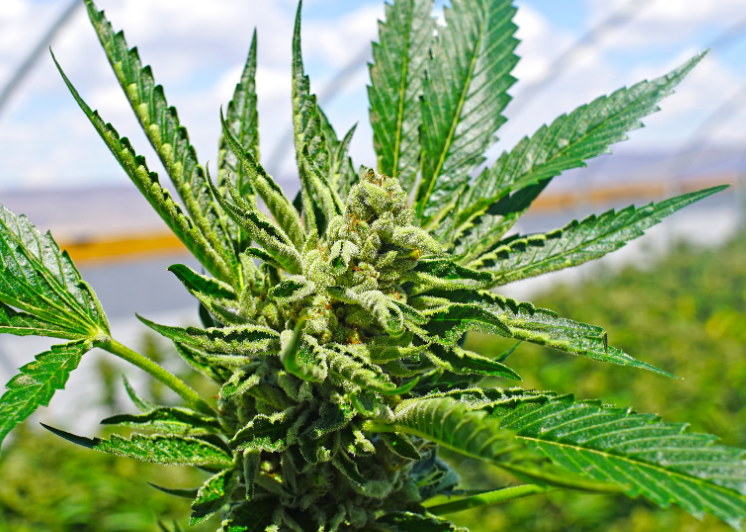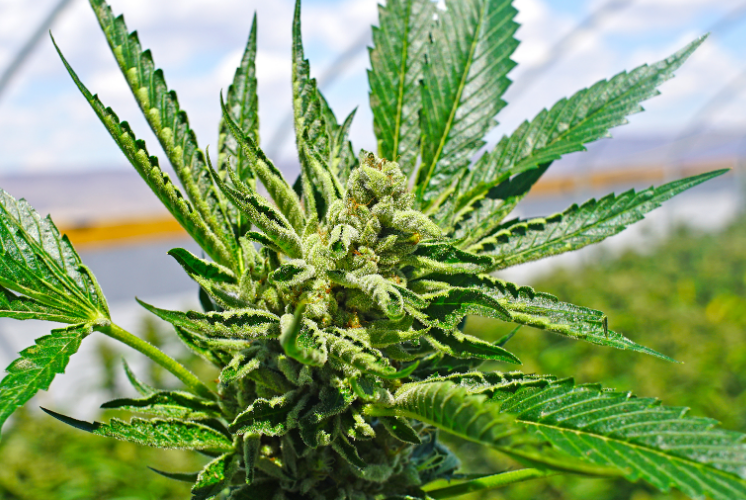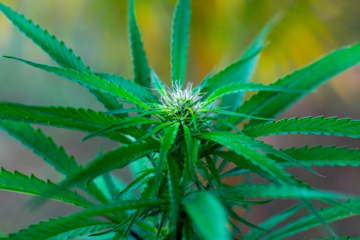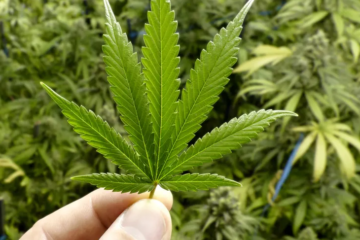What if the skunky, citrusy scents of your favorite marijuana strain come from more than just terpenes? A groundbreaking study reveals hidden chemicals that create those distinct aromas, changing how we understand cannabis. This fresh insight could reshape breeding and product development in the industry.
The Big Discovery in Cannabis Aromas
Scientists have just wrapped up the first in-depth look at what makes dried cannabis flowers smell the way they do. They found dozens of new compounds that play a key role in the plant’s fragrance, going beyond the well-known terpenes.
This research, published in a recent journal, shows that terpenes aren’t the whole story. Other volatile chemicals, like esters and sulfur compounds, team up with terpenes to craft those unique smells. For years, people thought terpenes alone drove the aromas in strains like Sour Diesel or OG Kush, but this study proves it’s a mix.
The team analyzed samples from various marijuana strains. They pinpointed odor-active compounds that actually reach our noses and influence what we smell.
One key finding? Only a small number of these volatiles truly matter for aroma perception. That means breeders can focus on boosting specific ones for better scents.

How Researchers Sniffed Out the Secrets
To crack this puzzle, the scientists used advanced tools from food science. They turned to gas chromatography-olfactometry, a device that separates compounds and lets experts sniff them directly.
This method, combined with aroma extract dilution analysis, helped identify which chemicals pack the biggest punch in smell. It’s like tasting ingredients in a recipe to see what stands out.
The study happened in 2025, led by a team of chemists and sensory experts. They tested dried flowers from multiple strains, cataloging volatiles that contribute to scents like pine, lemon, or even gas.
In their work, they discovered previously unknown odorants. These interact in complex ways, creating the full sensory experience.
Experts sniffed samples through the device, rating intensity and describing notes. This hands-on approach revealed surprises, such as how sulfur compounds add that signature skunkiness.
Key Compounds Shaping Marijuana Scents
Terpenes remain stars, but the study highlights their supporting cast. Common terpenes include myrcene for earthy notes, limonene for citrus vibes, and pinene for pine freshness.
Beyond that, the research uncovered esters, which bring fruity undertones, and sulfur-containing compounds for pungent kicks.
Here’s a quick breakdown of some standout compounds:
- Myrcene: Gives a musky, herbal aroma; found in high amounts in relaxing strains.
- Limonene: Delivers bright, lemon-like scents; linked to mood-boosting effects.
- Beta-caryophyllene: Adds spicy, peppery notes; also acts like a cannabinoid.
- Newly identified volatiles: Things like certain aldehydes and ketones that enhance overall fragrance without dominating.
These elements don’t work alone. The study shows they blend to form distinct profiles, explaining why one strain smells sweet while another is earthy.
This mix affects more than smell. It could influence flavor in edibles or vapes, and even therapeutic benefits, since some compounds interact with our bodies.
The findings challenge old ideas. A 2023 study had hinted at undiscovered compounds, but this one dives deeper with sensory data.
What This Means for Growers and Users
Breeders now have a roadmap to create strains with targeted aromas. By focusing on these key compounds, they can develop products that appeal to specific tastes, like fruity or woody.
For users, it means better understanding why certain strains feel uplifting or calming. The aroma isn’t just nice; it ties into the overall experience.
Industry experts say this could lead to optimized growing techniques. For instance, adjusting light or nutrients to boost desirable volatiles.
One paragraph here to note: The research opens doors for legal markets, where scent drives sales.
In places like California or Colorado, where cannabis is legal, this knowledge helps with quality control. Labs might test for these compounds alongside THC and CBD levels.
But challenges remain. Not all compounds are easy to measure, and environmental factors like soil can alter them.
Broader Impacts on Science and Society
This study bridges cannabis research with fields like perfumery and food tech. Techniques used here could apply to other plants, improving flavors in herbs or fruits.
It also highlights marijuana’s complexity. With legalization spreading, such science demystifies the plant, reducing stigma.
Users might see labels with detailed aroma profiles soon, helping choices based on scent preferences.
The research, done by a team including experts from Abstrax Tech, builds on prior work from 2015 and 2023 studies. They analyzed over 30 compounds, proving many more influence smell than thought.
Imagine picking a strain not just for effects, but for its custom scent blend. That’s the future this points to.
This breakthrough in understanding marijuana’s aromas brings hope for innovation in a growing industry. It surprises us with the plant’s hidden chemistry, sparks curiosity about everyday smells, and offers solutions for better products.




